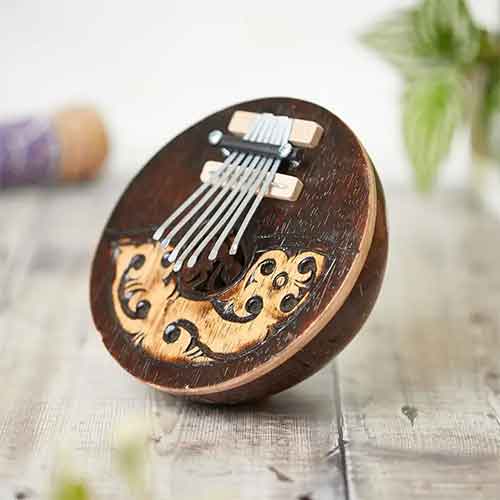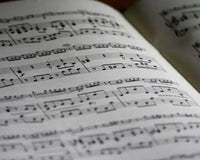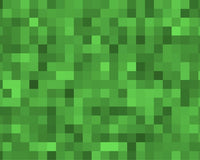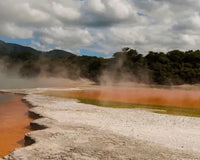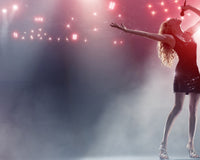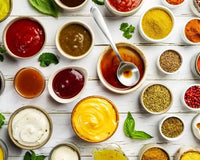What is sterilising?
Sterilisation is a very important part of parenting, and so is knowing how to sterilise baby bottles properly. It must be done the best that it can. You should sterilise all feeding equipment such as teats, dummies, bottles, etc. Until around 12 months to avoid contamination-related illnesses such as vomiting and diarrhoea.
By definition it means make (something) free from bacteria or other living microorganisms. Babies feeding equipment can be cleaned and sterilised. Sterilising is important because it protects your baby from harmful bacteria. By using one of the methods below you can be sure that there are no nasties lurking on feeding equipment such as bottles, teats, dummies, and more.
The reason babies need things sterilised is due to their poorly developed immune system. In other words, their little bodies have not yet developed the correct antibodies to fight off bacteria, fungus, viruses and pathogens. For that reason sterilising equipment is not something that can be overlooked and is vital for your babies health and safety.
How to use a cold water sterilising solution?
Before using this you will need to make sure all equipment you are wanting to sterilise is washed in warm to hot soapy water. It’s best if it is done straight after a feed. Use clean bottle brushes for the bottle and teat brushes to clean the teats. Make sure all soap is washed off with cold water before starting the sterilising process. Cold water sterilising solutions usually come in two forms.
1. Sterilising tablet

To sterilise using a tablet, place 1 tablet in 5 litres of water and put all of the equipment that you would sterilise in with it for 15 minutes.
2. Sterilising fluid

The other type is fluid and you should make sure that you read and follow all the manufacturer’s instruction leaflets. Make sure that the solution is changed every 24 hours or to the instructions. If you need any information or are not sure how to use it, call your local health care provider (health visitor or doctor.)
One of the most important jobs when you have a newborn baby is keeping things sterilised, from bottles and dummy to rattles and toys. This is because babies are vulnerable due to not having a fully developed immune system. Over time your baby will develop antibodies that will help them fend of bacteria, and breast milk is known to contain elements that can help the immune system.
Protecting your baby from harmful bacteria is extremely important for your babies safety. Luckily there are many ways to sterilise those items that will likely end up in your babies mouth. From boiling water to kill bacteria on those items, to using sterilising tablets or liquid. When it comes to liquids Milton 1l sterilising liquid is the best.
This is because it kills 99.9% of all germs, it works within 15 minutes and protects items from bacteria for up to 24 hours in the right conditions. It also doesn’t need to be rinsed off, which helps with ease of use. To use Milton sterilising fluid you will need to dilute at 0.6%. This is 30ml (1 capful) of the sterilising solution to 5l of water. Then you will need to emerge all bottles or feeding equipment you would like sterilised into the solution, cover with a lid for 15 minutes and everything will be bacteria free.
Having a Milton sterilising fluid bath can be beneficial as it does not contain perfumes and additives. It can be used as an antiseptic bath. To use in bath you should only sit in the bath with the liquid and warm water for 10 minutes. Add a small amount of Milton fluid to your lukewarm bath.
Side effects of a Milton bath can occur, this can be dry or mild soreness to the skin as soon as the water has left the bath, you can just rinse off with warm water and the discomfort should go. Milton solution fluid is safe for babies as long as you follow the directions for use and the product is diluted correctly.
How to use a steriliser?
Each steriliser will suggest how long to leave equipment in the steriliser before it needs doing again. Usually, you need to clean the equipment in warm soapy water and then place all of the bottles, teats, and dummies facing downwards in the steriliser. Add the right amount of water that it says and then press the button to start the cycle.
Don’t open the steriliser until it has finished as it can get very hot and if you interrupt the cycle, it will need sterilising again. Depending on your areas and your water hardness, you may get quite a build-up of limescale. If your machine contains limescale, it is not too much of a big deal, however you should find a limescale remover for it as soon as possible to avoid the machine breaking down.
The boiling water method

Make sure all dirty bottles have been cleaned with brushes in hot soapy water and run under a cold tap before starting the boiling process. Make sure the bottles that are being sterilised are safe to use in this method. In some cases, equipment may not be suitable for heating to high temperatures and the last thing you want to do is melt the bottles.
Boil teats, bottles and dummies for around 5-10 minutes in a large pan of clean boiling water. Don’t leave them unattended as this could cause them to melt, burn, or split. When boiling place a lid on the pan to help sterilise them thoroughly.
Once the sterilising has finished what should I do?
If the bottles are not needed straight away, keep the lid on the pan or steriliser as this will stop contamination. When you assemble bottles do this on a clean disinfected surface. When buying a steriliser that suits you, make sure you check that it passes the UK electrical safety standard to avoid danger to you and your baby.
What method did we use?
At first, we were cautious parents and decided that we would go out and buy one of those expensive sterilisers. After some time using it, keeping it clean seemed more difficult than what it was worth. Which is why we decided to use a saucepan with a lid and to just boil everything that the baby was going to use. This was the most effective way to disinfect and also the most space-efficient for us. However, your circumstances may be different. If sterilising with a saucepan is not ideal for you can purchase a steriliser online.
Tommee tippee bottle steriliser

Whilst you don’t necessarily have to have a steriliser, you will need to have a sterilisation method. This is because your newborn baby will have a poor immune system. They could become very ill if they drink from a bottle that has not been cleaned efficiently through sterilisation means to remove all bacteria that could develop and become harmful.
Even if your primary aim is to breastfeed, your baby will still need bottles of water to ensure they are kept hydrated throughout the day. These bottles must be sterilised, and other equipment such as dummies and milk storage jars. There are many ways that you can sterilise something, such as using sterilising tablets, by using an actual steriliser like this one, or you can put the items you want to sterilise into boiling water.
Whilst yes you could use a large pan and boiling water, these ones are more water-efficient. You simply add your equipment to it and then add a small amount of water to the fill line. Press the button, and it will then begin sterilising. They are also made efficiently to hold the Tommee Tippee bottles and dummies perfectly, which will help with space. BPA free.
Another benefit to using an actual steriliser is the fact that once it has started sterilising. You do not need to do anything else. Whereas if you used a pan with boiling water, you would need to check on your equipment to avoid it melting, burning and will need to make sure that the gas goes off after use. This one is less demanding of your time. Once the sterilisation has been completed, you can leave them in there until you are ready to use them, and they will stay sterile for quite some time or until you open them up. It will sterilise five bottles in 5 minutes.
Up next: The benefits of baby massage




